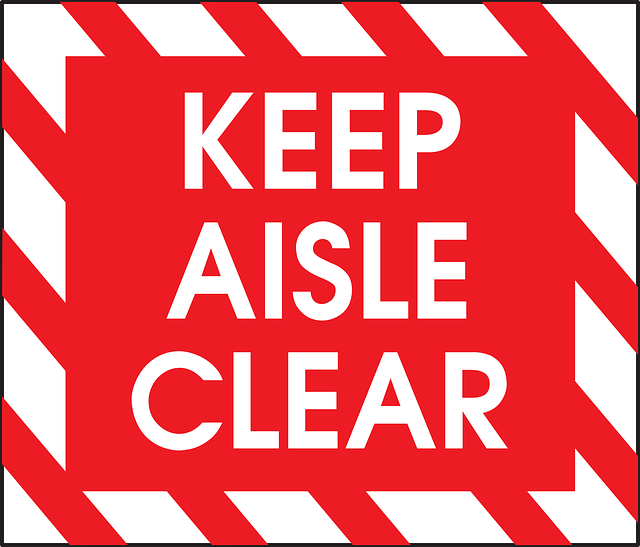In the UK, translation services for surgical procedure instructions are vital to ensure patient safety and healthcare excellence. Regulatory bodies like MHRA and NICE mandate clear, accurate, and complete documentation accessible to non-medical professionals. High-quality translations in diverse languages eliminate communication barriers, empower patients to understand procedures, risks, and post-operative care, aligning with UK healthcare standards for enhanced patient satisfaction. Professional medical translation services specialize in contextualizing and localizing these instructions while maintaining strict quality assurance and medical terminology precision.
Are your surgical instructions compliant with UK standards? With a focus on patient safety, understanding and adhering to UK regulations is crucial. This article guides you through essential aspects of surgical instruction in the UK, including language considerations, accuracy, and best practices for translation. Learn how to ensure your patient communication meets strict guidelines and discover compliance checks to verify your instructions are up to standard, especially when relying on translation services for surgical procedure manuals.
- Understanding UK Standards for Surgical Instructions
- The Role of Language and Translation in Medical Procedures
- Ensuring Accuracy and Clarity in Patient Communication
- Best Practices for Translating Surgical Guides
- Compliance Checks: Verifying Your Instructions Meet Regulations
Understanding UK Standards for Surgical Instructions

In the UK, surgical instructions are subject to stringent standards to ensure patient safety and effective healthcare delivery. These standards are set by regulatory bodies such as the Medicines and Healthcare products Regulatory Agency (MHRA) and the National Institute for Health and Care Excellence (NICE). When it comes to surgical procedure instructions, clarity, accuracy, and completeness are paramount. Instructions must be easily understandable, even for non-medical professionals, to prevent errors and complications during surgeries.
Translation services play a crucial role in ensuring these standards are met, especially when dealing with patient information in languages other than English. High-quality translation ensures that surgical instructions accurately convey the same meaning and level of detail as the original document. This is vital in maintaining patient safety and reducing potential barriers to effective communication within the healthcare system.
The Role of Language and Translation in Medical Procedures

Effective communication is paramount in medical procedures, especially during surgeries. Ensuring that surgical instructions are clear and accessible to all patients, regardless of their linguistic background, is a significant challenge. In the UK, where healthcare services cater to a diverse population, language barriers can impact patient care and understanding.
Translation services play a crucial role here, providing accurate interpretations of medical terms and procedures in various languages. These services ensure that patients from different ethnic backgrounds fully comprehend the nature of their surgery, potential risks, and post-operative care instructions. Access to high-quality translation ensures that healthcare providers can meet UK standards, promoting patient safety and satisfaction.
Ensuring Accuracy and Clarity in Patient Communication

Ensuring clear and accurate communication with patients is paramount in healthcare, especially during surgical procedures. In the UK, where a diverse range of languages is spoken, providing patient instructions in a manner that’s easily understandable for all is crucial. This often involves translation services for surgical procedure instructions to bridge the language gap. Professional interpretation or translation ensures that every patient, regardless of their first language, receives vital information about their surgery, potential risks, post-operative care, and recovery expectations.
Accurate translations not only help patients comprehend their treatment plans but also empower them to actively participate in decisions regarding their health. It’s important for healthcare providers to work with trusted translation services that employ qualified linguists to maintain the precision of medical terminology, ensuring patient safety and satisfaction.
Best Practices for Translating Surgical Guides

When translating surgical guides and instructions for a UK audience, adherence to best practices is paramount to ensure clarity and patient safety. One of the key aspects is employing professional translation services that specialise in medical documentation. These experts not only possess linguistic proficiency but also a deep understanding of medical terminology and procedures. They follow strict quality assurance processes to maintain accuracy, including reviewing by subject matter specialists.
Additionally, the translation process should incorporate contextualisation to adapt the content for UK healthcare systems. This involves more than just replacing words; it requires an in-depth knowledge of local practices and regulations. For instance, certain surgical terms or procedures might have different names or variations between countries, so a nuanced understanding is essential to avoid confusion. Effective translation services will also handle formatting and layout adjustments to ensure the final document reads fluently and adheres to UK standards.
Compliance Checks: Verifying Your Instructions Meet Regulations

When preparing surgical procedure instructions, ensuring compliance with UK standards is paramount. Medical facilities and healthcare providers must adhere to strict regulations to guarantee patient safety. One crucial step in this process involves thorough checks to verify that all instructions are clear, accurate, and meet the required standards. This includes a meticulous review of language and terminology to ensure they are appropriate for the intended audience. Since many patients may not be fluent in English, translation services play a vital role. Professional translation ensures that surgical instructions are accessible and understandable for everyone, avoiding potential errors or misunderstandings.
Compliance checks should also focus on the inclusion of essential elements such as pre-operative and post-operative care guidelines, potential risks, and recovery expectations. These instructions must be presented in a user-friendly format, easily digestible for patients from diverse linguistic backgrounds. By implementing these measures, healthcare providers can confidently ensure their surgical procedure instructions are not only compliant with UK standards but also effective in empowering patients to take an active role in their care.
When it comes to surgical instructions, adhering to UK standards is non-negotiable. By understanding these guidelines, utilising clear language and translation services tailored for medical procedures, and implementing best practices in patient communication, healthcare providers can ensure their surgical guides are accurate, compliant, and accessible. Remember, precise and regulated instructions are key to enhancing patient safety and outcomes, making translation services for surgical procedure instructions in the UK an indispensable resource.
